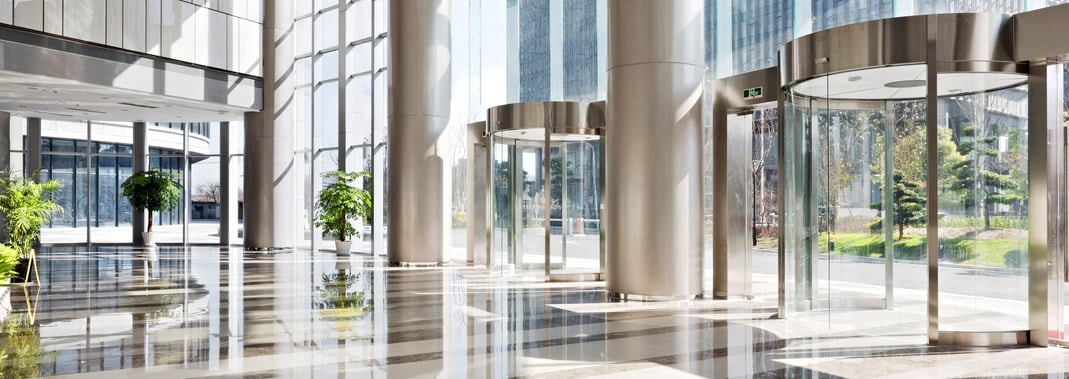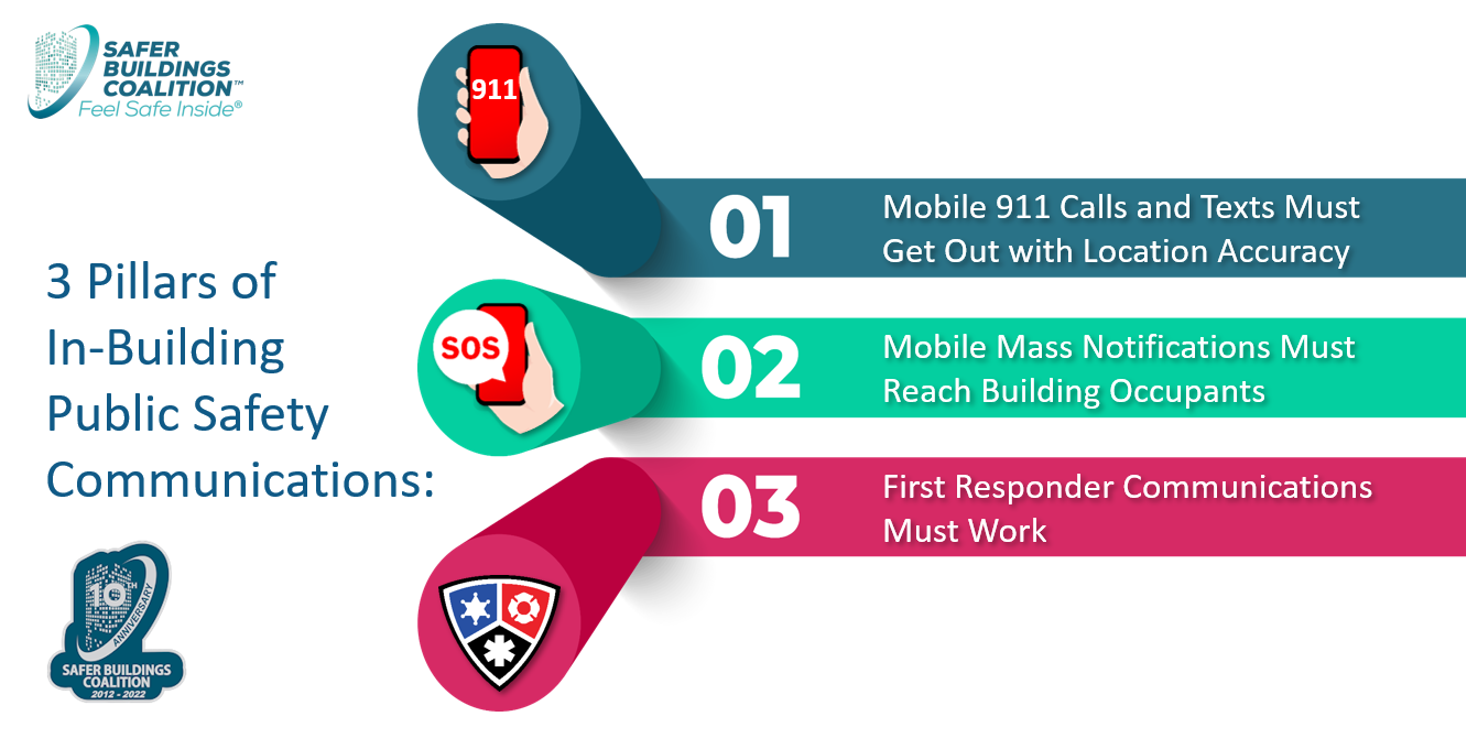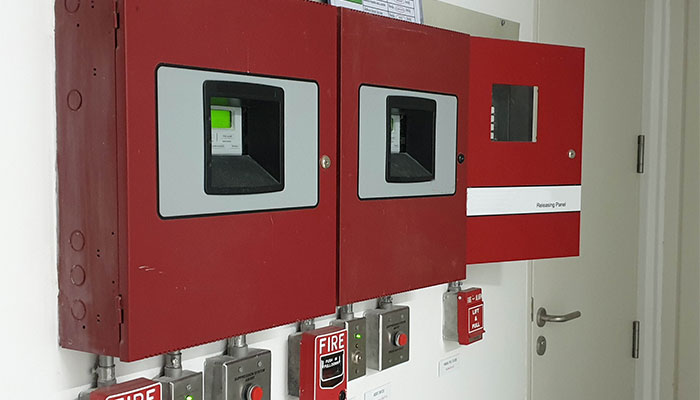This blog defines in-building Wireless dead zones, why they occur, and how they threaten public safety if ignored. As a solution, our trusted manufacturing partner Belden joins a "Coalition with a Mission," offering their expansive portfolio as a means to prevent the danger of dead zones.
What is an In-Building Wireless Dead Zone?

Wireless dead zones refer to places inside of a building where connected devices cannot access reliable Wireless signal. Building materials like concrete, brick, metal, and/or low-E glass physically block the cellular signals, making communication more difficult.
Almost every single type of building can have a dead zone, including but not limited to:
-
Large Stadiums and Venues
-
Commercial Buildings
-
Hospitals
-
Schools and Universities
-
Government Buildings
While running out of signal can be undoubtedly frustrating to the average user, a dead zone can be equally dangerous. First responders and the people located inside of a building during the event of an emergency need to be able to receive mass notifications and place mobile 9-1-1 calls.
With the processes of emergency communication in mind, it's easier to understand why connectivity inside public of buildings has become essential.
What's the Solution?
Click to Read Full Blog
A recent survey conducted by the International Association of Fire Chiefs revealed that 98.5% of first responders experience dead zones during their emergency calls. The solutions to this issue lie within in-building wireless networks, including distributed antenna systems (DASs), small cells, and Wi-Fi.
By simply bringing cellular signals through difficult-to-breach building materials, these technologies help eliminate wireless dead zones.
Belden Joins a Coalition with a Mission

Three Pillars of In-Building Public Safety Communications
The Safer Buildings Coalition is a group in the United States that was created to improve building safety. With over 175 member organizations, including fire departments, building owners, and manufacturers like Belden, the Coalition is dedicated to eliminating in-building wireless dead zones and the risk they pose by maintaining three pillars of in-building public safety communications:
Mobile 9-1-1 calls must be sent successfully and with location accuracy
Mobile mass notification efforts must reach occupants everywhere inside of buildings
First-responder communication systems must always work inside of buildings
As a trusted Wireless manufacturing partner, Belden supports the endeavors of the Safer Buildings Coalition: to prioritize public safety by aligning in-building wireless solutions with the most recent codes and standards, educating the industry about emergency communication systems, and advancing the policies, technologies, and ideas that enable reliable wireless connectivity.
With the help of the Coalition and its member support, building owners can make smarter decisions about their in-building networks, therefore making them an invaluable resource for any project.

Interested in learning more about Belden, and how they can support your Wireless projects? Explore their in-building wireless solutions, read the full Belden blog, or contact an Accu-Tech representative.



.png?width=58&height=58&name=X_logo_2023_(white).png)
